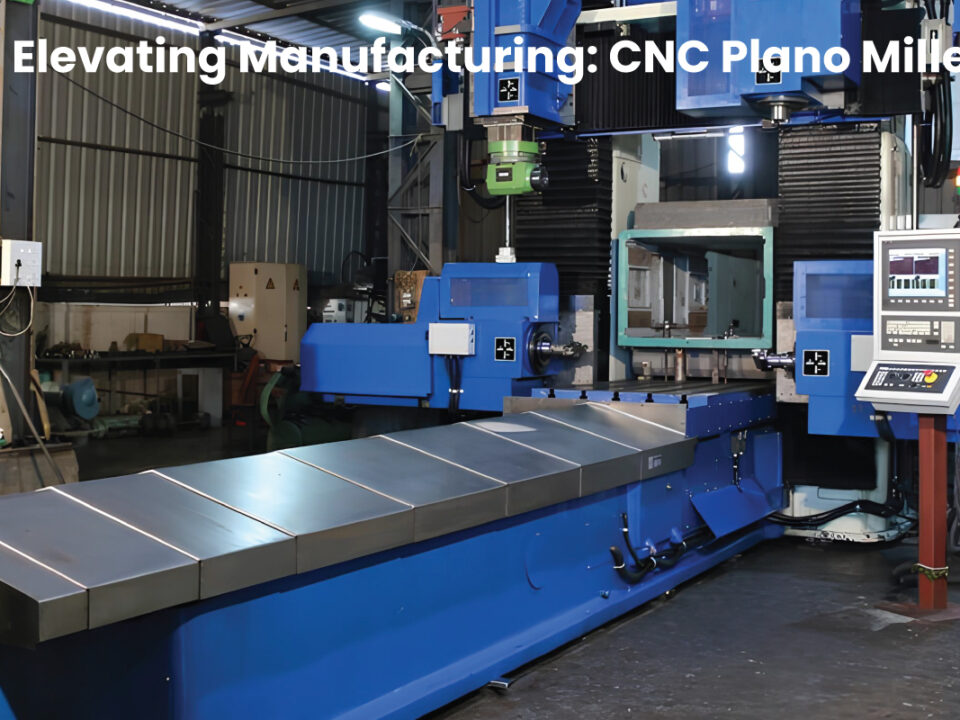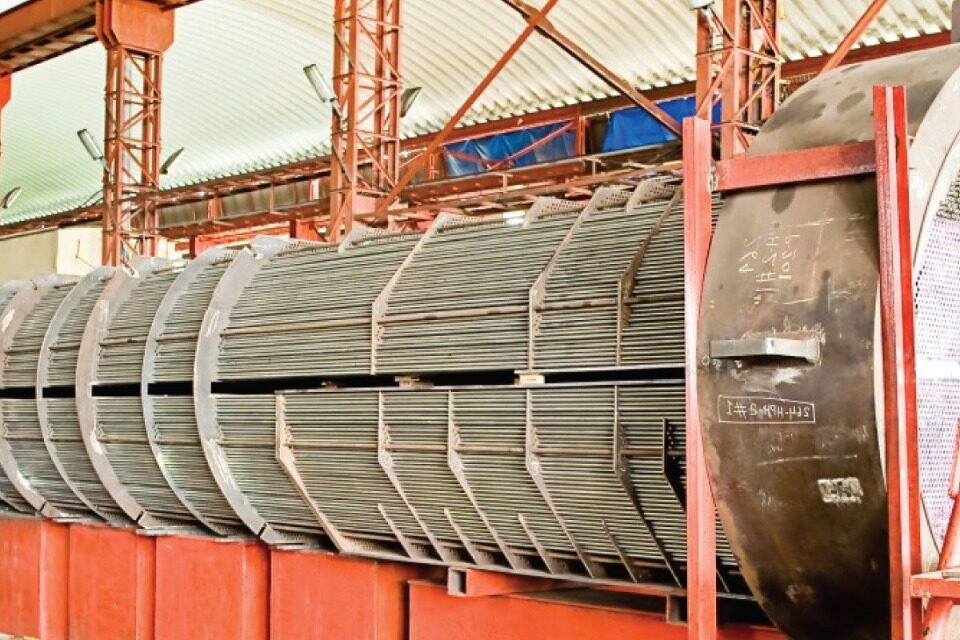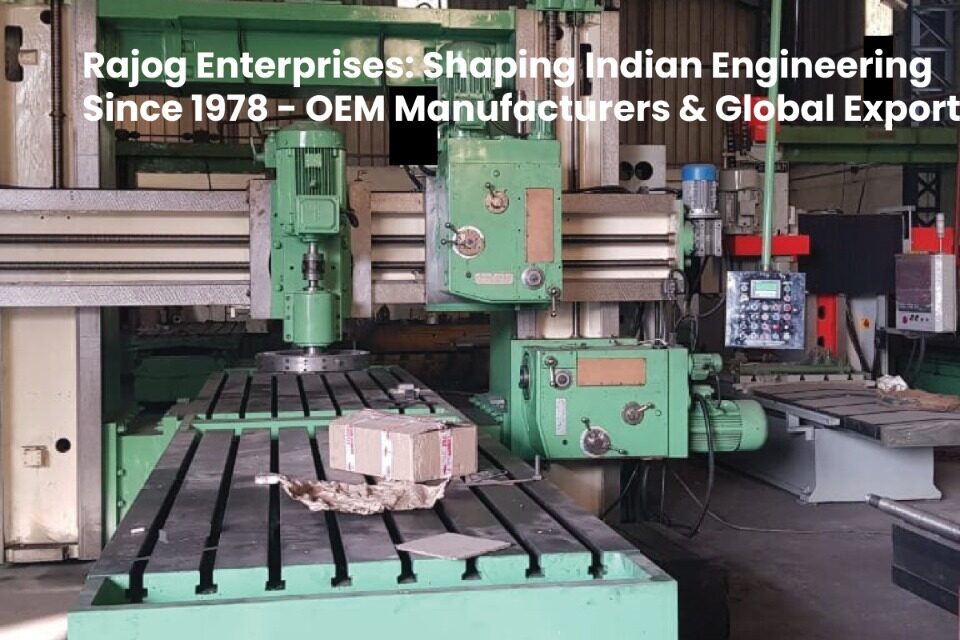In today’s fast-paced manufacturing industry, innovative techniques are constantly emerging to meet the demand for efficient production processes. One such method that has gained traction in recent years is Dishend Hot Forming. This comprehensive guide aims to provide you with all the essential information about Dishend Hot Forming, from its fundamentals to its applications and beyond.
Introduction
Before delving into the intricacies of Dishend Hot Forming, let’s take a moment to understand what it entails. In simple terms, Dishend Hot Forming is a specialized manufacturing process used to shape and manipulate metal sheets into curved or domed structures, commonly known as dish ends or heads. This technique is particularly valued in industries requiring precision engineerings, such as aerospace, automotive, and pressure vessel manufacturing.
What is Dishend Hot Forming?
Dishend Hot Forming involves heating metal sheets to high temperatures, typically above their recrystallization point, to make them more malleable. Once heated, the sheets are formed into the desired shape using hydraulic or mechanical presses. This process enables manufacturers to produce complex geometries with tight tolerances, ensuring structural integrity and performance reliability in the final product.
How Does Dishend Hot Forming Work?
The Dishend Hot Forming process can be broken down into several key steps:
The metal sheets, usually made of materials like stainless steel, carbon steel, or aluminum, are heated in a furnace to the required temperature. This temperature varies depending on the material and thickness but typically ranges between 800°C to 1200°C.
Once the sheets reach the optimal temperature, they are transferred to a forming press. Hydraulic or mechanical forces are then applied to shape the heated metal into the desired curvature. Precision tooling and dies are used to achieve accurate dimensions and smooth finishes.
After forming, the dish ends undergo controlled cooling to prevent distortion and ensure structural stability. This may involve gradual cooling in the furnace or quenching using specialized cooling mediums.
Materials Used in Dishend Hot Forming
Various materials can be used in Dishend Hot Forming, each offering unique properties and advantages. Common materials include stainless steel, carbon steel, aluminum, and alloy steel. The choice of material depends on factors such as application requirements, environmental conditions, and cost considerations.
Advantages of Dishend Hot Forming
Dishend Hot Forming offers several advantages over traditional forming methods:
The high temperatures involved in the process enhance the material’s ductility, resulting in superior strength and durability in the finished dish ends.
Dishend Hot Forming allows for the creation of intricate shapes and contours that would be difficult or impossible to achieve using conventional forming techniques.
Despite the initial investment in equipment and tooling, Dishend Hot Forming offers long-term cost savings through increased production efficiency and reduced material wastage.
-
Enhanced Structural Integrity:
The uniform deformation and grain structure refinement during hot forming contribute to improved structural integrity and fatigue resistance in the final product.
Applications of Dishend Hot Forming
The versatility of Dishend Hot Forming makes it suitable for a wide range of applications across various industries:
Dish ends are commonly used in the fabrication of pressure vessels for storing liquids and gases in industries such as oil and gas, chemical processing, and power generation.
In the aerospace industry, dish ends are utilized in aircraft fuel tanks, missile casings, and satellite components, where lightweight yet durable materials are essential.
Automotive manufacturers employ dish ends in exhaust systems, catalytic converters, and fuel tanks, benefiting from their high strength-to-weight ratio and corrosion resistance.
Equipment and Machinery
Several pieces of equipment and machinery are essential for Dishend Hot Forming:
Industrial furnaces capable of reaching high temperatures are used for preheating the metal sheets before forming.
Hydraulic or mechanical presses equipped with specialized dies and tooling are employed for shaping the heated metal into dish ends.
Efficient cooling systems, such as water quenching or air cooling, are utilized to control the cooling rate and prevent distortion or cracking in the formed parts.
Safety Measures
Given the high temperatures and pressures involved, strict safety measures must be implemented:
-
Personal Protective Equipment (PPE):
Operators should wear appropriate PPE, including heat-resistant clothing, gloves, and safety goggles, to protect against burns and injuries.
-
Training and Certification:
Operators should undergo comprehensive training and certification programs to ensure they understand the risks associated with hot forming and how to mitigate them effectively.
-
Ventilation and Exhaust Systems:
Proper ventilation and exhaust systems should be in place to remove fumes, gases, and airborne particles generated during the heating and forming.
Conclusion
In conclusion, Dishend Hot Forming is a highly versatile and efficient manufacturing technique that can be applied across various industries. By understanding its principles, advantages, and best practices, manufacturers can leverage this technology to produce high-quality components with exceptional strength and performance. Rajog Enterprises is an expert in this field and is making a positive change in the machining and manufacturing industry, among its many other areas of expertise.





